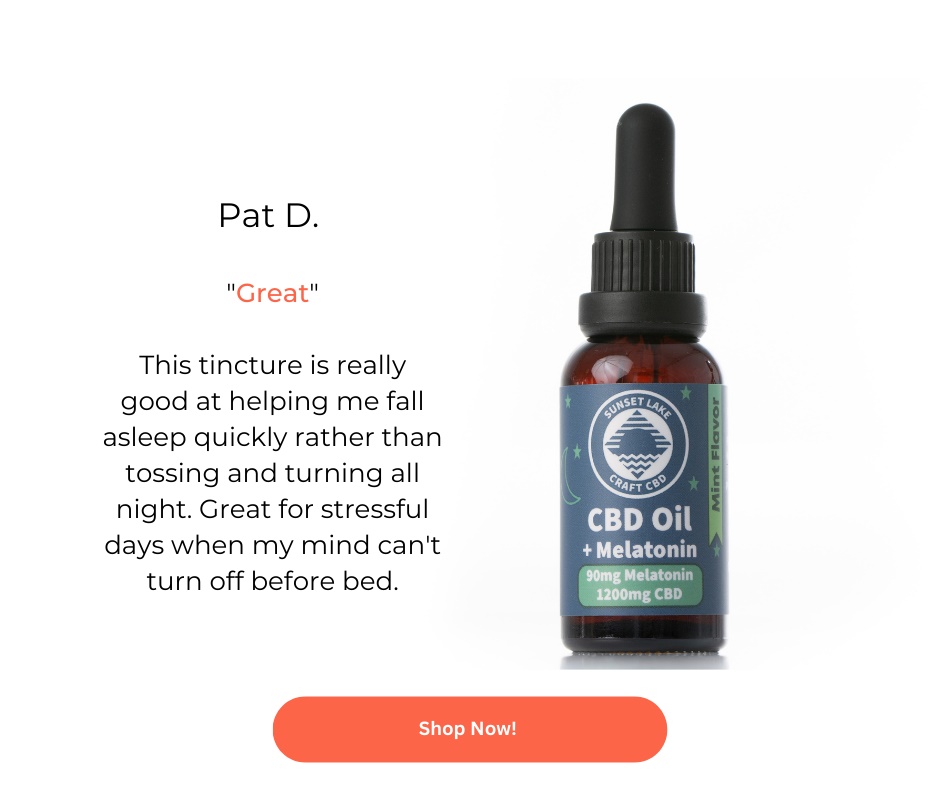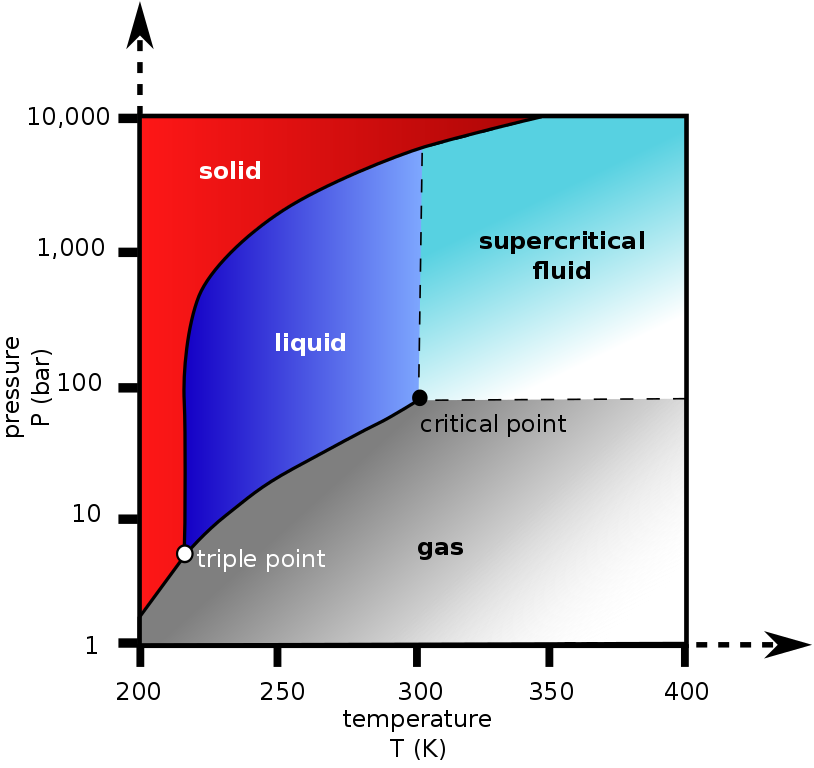Hemp is a majestic plant rich in active compounds like cannabinoids— CBD, THC, and CBN— flavonoids, and molecules called terpenes. Terpenes have been thrust into the spotlight thanks to some new promising findings. But as it turns out, humans have used some terpenes for centuries in folk medicine practices. One such terpene is linalool, a primary component of lavender that has been used for healing the body and mind.
Linalool (“li-nal-oh-awl”) is rarely the dominant terpene in hemp, but it still plays a significant role in hemp’s aromatic profile. In addition to hemp and lavender, linalool can be found in many fruits and spices including some varieties of citrus, mint, and hops.
A note about pronunciation: Linalool looks like it should be pronounced “lin-ah-lewel,” but the correct pronunciation is “li-nal-oh-awl.” This odd pronunciation is due to the fact that the word is a combination of lináloe, a family of trees found in Mexico, and the suffix -ol, indicating that it is an alcohol molecule1.
In this post we’ll discuss:
- What linalool is
- Where linalool can be found in nature
- And, what research has been done on linalool’s potential benefits
What Are Terpenes?
Let’s take a step back and discuss terpenes before we dive into linalool. Terpenes are a class of volatile aromatic hydrocarbons made of isoprene units. The number of isoprene units determines the class of terpene: monoterpenes have two isoprenes; sesquiterpenes have three; and diterpenes have four isoprenes. There are other classes of terpenes, but these will suffice for our purposes here. Terpenes typically comprise about 1-2% of the weight of a hemp flower.
Terpenes are produced by many plants and even some animals. It is believed that plants produce terpenes as a way of repelling pests and attracting beneficial insects. The aroma of many plants is dictated, at least partially, by terpenes.
Here are some terpenes that you may have already encountered:
- beta-Caryophyllene is present in spices like black pepper and cinnamon.
- Menthol is a primary component of peppermint.
- Terpinolene is present in apples and cumin
What Is Linalool?
Linalool is a liquid at room temperature and is classified as a monoterpene alcohol. It was first isolated in 1875 from Cayenne Bois de Rose (rosewood) oil2. Linalool is found in nature in a variety of sources including many varieties of trees, roses, mint, basil, some citrus, hops, lavender, and hemp.
But, why does hemp produce linalool? Botanists are still trying to sort out exactly why plants, including hemp, produce terpenes. So far, signs seem to point to terpenes as a defense mechanism against predators who might chomp on the flowers.

Fun fact: Linalool is present in hops and can contribute significantly to the aroma of some craft beers, particularly dry-hopped lagers!3
Linalool is not likely to be the dominant terpene in any given hemp cultivar, but there are some cultivars that contain significant quantities. Later in this post, we’ll share a list of the cultivars grown by Sunset Lake CBD and their linalool content.
What Is Linalool Used For?
As an isolated chemical, linalool is mostly discussed in the production of vitamins, both as an intermediary and a byproduct2. But as a constituent of many plant essential oils, linalool has been used by humans for centuries. For example, lavender flowers contain a significant amount of linalool and they were used widely in ancient times by various groups around the Mediterranean including the Greeks, Romans, and Persians. Knowledge of lavender’s healing power spread east, finding its way into Indian and Tibetan pharmacopeias. It was used for a wide variety of ailments including sleeplessness, pain, and topical healing4.
You’ve likely noticed many products that are marketed as calming and relaxing are lavender-scented. Candles, incense, and some neck pillows are often treated with lavender essential oil to promote relaxation.
With public interest in terpenes on the rise, scientific research into compounds like linalool is accelerating.
Below is a non-exhaustive list of linalool’s potential benefits:
- anti-anxiety5
- sedative5
- local anesthetic5
- analgesic5
- anti-convulsant5
- burn treatment6
- anti-depressant6
- anti-parasite6
Research is still ongoing and we must be patient before jumping to conclusions about what linalool can and cannot do.
Sunset Lake CBD Cultivars Featuring Linalool
We grow our hemp under the sun at our farm in the Champlain Islands of Vermont with a particular focus on encouraging terpene production. We work with third-party certified testing laboratories to understand the terpene content from each harvest.
Below is a list of our 2022 cultivars and their linalool content. At first blush, these numbers may look tiny, but terpenes are highly potent and small quantities can have big impacts! Humans can detect linalool in concentrations as low as two parts per billion3!
Suver Haze – 0.06% linalool
Lifter – 0.06% linalool
Hawaiian Haze – 0.03% linalool
Cherry Abacus – 0.02% linalool
Sour Lifter – 0.02% linalool
Candy Kush – 0.02% linalool
Super Sour Space Candy – 0.02% linalool
*Note: the percentage of terpenes is reported on a by weight basis.










